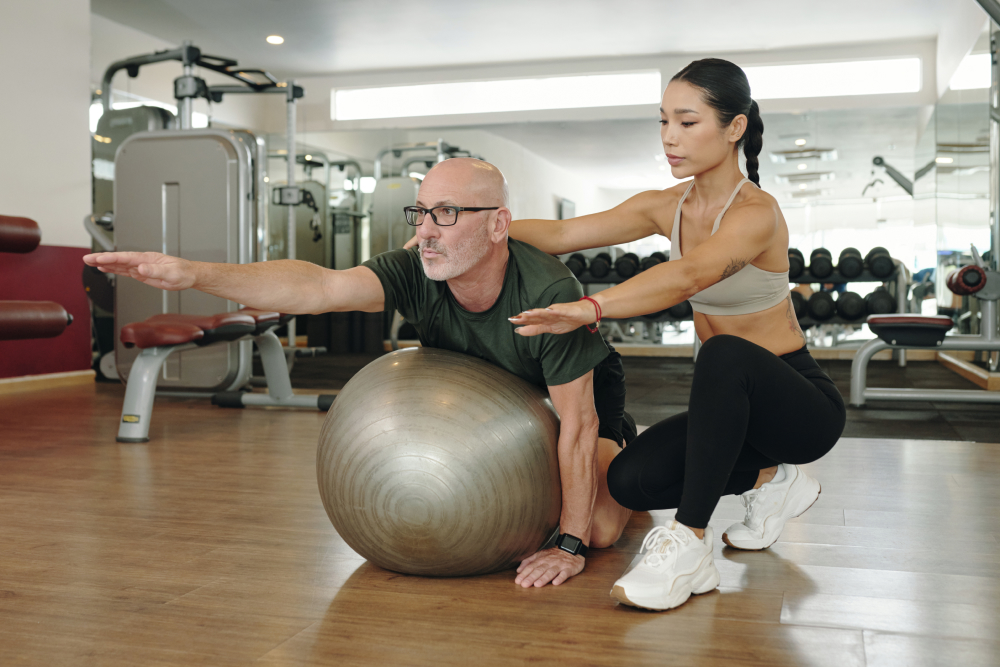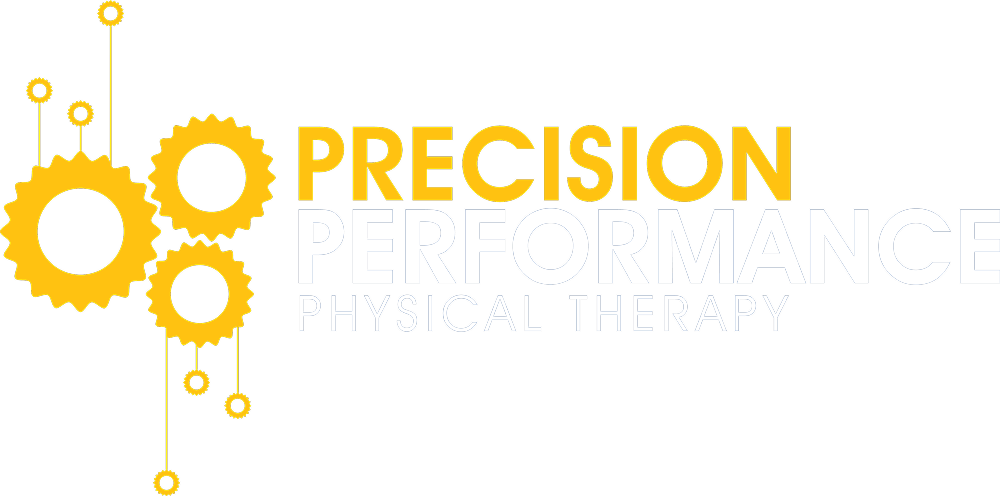Understanding the Role of Balance in Injury Prevention

When it comes to physical health, balance may not always get the attention it deserves. But balance plays an essential role in movement, coordination, and injury prevention. Developing good balance isn’t just beneficial for athletes—improving balance can help everyone avoid accidents, reduce joint strain, and maintain overall stability. In this article, we’ll explore how balance and injury prevention are closely related, why balance tends to decline with age, and how simple balance exercises can enhance physical stability and resilience.
Why Balance Matters for Injury Prevention
Balance is the body’s ability to maintain control and stability while standing, walking, or performing various movements. When you have good balance, your body can automatically adjust itself to maintain posture and alignment, which prevents you from falling or putting strain on specific muscles and joints. Here’s how balance contributes to injury prevention:
- Enhanced Body Control: With better balance, your body is more adept at controlling movements and adjusting to sudden changes, reducing the risk of falls and slips. This is crucial in avoiding injuries that stem from loss of control, such as sprains and fractures.
- Reduced Joint Strain: Good balance enables your muscles to work in harmony, supporting the joints and preventing unnecessary strain. By reducing excess load on specific joints, balance minimizes the likelihood of overuse injuries and chronic pain.
- Improved Proprioception: Proprioception refers to your body’s ability to sense where it is in space. Strong proprioceptive skills help your body to respond quickly to changes in terrain or position, which is essential for preventing injuries, especially during high-impact activities like running or jumping.
- Injury Recovery and Prevention of Recurrence: Good balance aids in injury recovery by ensuring that movements remain controlled and aligned. For example, after an ankle injury, strengthening balance prevents re-injury by reinforcing stability and movement accuracy.
- Increased Agility and Coordination: Balance improves overall coordination, helping you execute movements accurately and with control. Enhanced coordination reduces awkward or abrupt movements that can lead to falls and strains.
How Age Impacts Balance and Increases Injury Risk
Balance naturally declines as we age due to factors like muscle loss, changes in joint flexibility, and reduced sensory perception. Here are some common ways age impacts balance and increases injury risk:
- Decreased Muscle Mass: Muscle mass and strength begin to decline in your 30s, accelerating over time. Loss of strength in the legs, core, and stabilizing muscles can make it harder to maintain balance and stability.
- Reduced Sensory Perception: As we age, the body’s sensory systems—including vision, inner ear (vestibular system), and proprioception—tend to weaken, affecting balance and coordination.
- Joint Stiffness and Reduced Flexibility: Over time, joints become stiffer and less flexible, reducing your ability to perform movements with ease. Limited flexibility hinders the range of motion, affecting stability and increasing the chance of missteps and falls.
- Changes in Reaction Time: Reflexes slow with age, meaning the body takes longer to adjust to balance changes. This reduced reaction time increases the risk of falling or tripping.
While these changes are natural, regular balance training can help mitigate their effects and protect against age-related injuries.
Effective Balance Exercises for Injury Prevention
The good news is that balance can be improved at any age with practice. Here are several exercises designed to enhance balance, strengthen stabilizing muscles, and promote better alignment. Incorporating these exercises into your routine can help improve balance and injury prevention.
1. Single-Leg Stands
This exercise is one of the simplest yet most effective ways to improve balance and stability.
- Stand on one leg with your other knee bent and lifted slightly off the ground.
- Hold this position for 20–30 seconds, focusing on engaging your core.
- Switch to the other leg and repeat.
- Perform 2–3 sets on each leg. For added difficulty, try closing your eyes.
2. Heel-to-Toe Walk
The heel-to-toe walk helps with balance by challenging your stability and coordination.
- Stand tall and place one foot directly in front of the other, with your heel touching the toes of your opposite foot.
- Slowly walk forward, maintaining a straight line.
- Keep your gaze ahead and repeat for 10–15 steps.
- Perform 2–3 sets of heel-to-toe walking.
3. Hip Abductor Leg Lifts
Strengthening the hip abductors helps stabilize the pelvis and improve balance.
- Stand with your feet together and lift one leg out to the side, keeping it straight.
- Hold for a few seconds before lowering your leg back to the ground.
- Repeat for 10–12 reps on each side, performing 2–3 sets.
4. Standing Marches
This exercise enhances balance by encouraging controlled movement and coordination.
- Stand with your feet hip-width apart and slowly lift one knee up to hip level.
- Lower your leg back down and switch to the other leg, as if marching in place.
- Continue for 30–60 seconds, performing 2–3 sets.
5. Balance Board or Bosu Ball
Using a balance board or Bosu ball is an excellent way to challenge your balance and build core strength.
- Stand on the balance board or Bosu ball with feet hip-width apart, knees slightly bent.
- Engage your core and try to maintain your balance.
- Hold for 30–60 seconds, then rest.
- Repeat 2–3 times. Over time, try incorporating squats or single-leg stands on the board.
6. Plank with Shoulder Taps
This exercise engages the core while challenging balance and stability in the upper body.
- Start in a plank position, with hands directly under shoulders.
- Slowly lift one hand off the floor and tap your opposite shoulder.
- Place your hand back down and switch to the other side.
- Complete 2–3 sets of 10–12 shoulder taps per side.
Tips for Incorporating Balance Training into Your Routine
Incorporating balance training regularly can improve stability and reduce your risk of injury. Here are some practical tips to get the most out of your balance exercises:
- Start Small: Begin with basic exercises, like single-leg stands, and gradually progress to more challenging movements. This allows your body to adapt and develop balance over time.
- Incorporate Core Strengthening: Strong core muscles provide a foundation for balance. Include core exercises like planks and bird-dogs in your routine.
- Focus on Posture: Maintain an upright posture and engage your core during balance exercises. Good posture ensures that you’re working the correct muscles and prevents unnecessary strain on the back and joints.
- Progress Slowly: As you build confidence, increase the difficulty by closing your eyes, adding movement, or using unstable surfaces like balance boards or Bosu balls.
- Practice Consistently: Aim to practice balance exercises at least 3–4 times a week. Consistent practice is key to seeing improvement and achieving lasting results.
When to Seek Help from a Physical Therapist for Balance and Injury Prevention
If you’re experiencing balance issues, recurrent injuries, or difficulty performing certain movements, consulting with a physical therapist can be beneficial. Physical therapists can assess your movement patterns, identify areas of weakness, and develop a personalized balance and injury prevention plan. Working with a professional can also help address any underlying issues, such as joint stiffness or muscle imbalances, that may be contributing to poor balance and increased injury risk.
Our clinic offers a free consultation to evaluate your balance, discuss any concerns, and provide recommendations on balance training and injury prevention. Don’t wait until an injury occurs—schedule your consultation today and take the first step toward improved stability and injury prevention.
Free Physical Therapy Consultation
Investing in your balance is an investment in your health. Book a free consultation with our experienced physical therapists to assess your balance, create a personalized training plan, and support your journey to a healthier, injury-free life. Contact us today to get started.
